Having a shady garden doesn't mean nothing will grow. In fact, a shady garden can end up being an atmospheric paradise. Here's tips for shady spaces, and don't miss our top shade-loving plants piece here.
8 design ideas for shady places
1
Make use of a wall
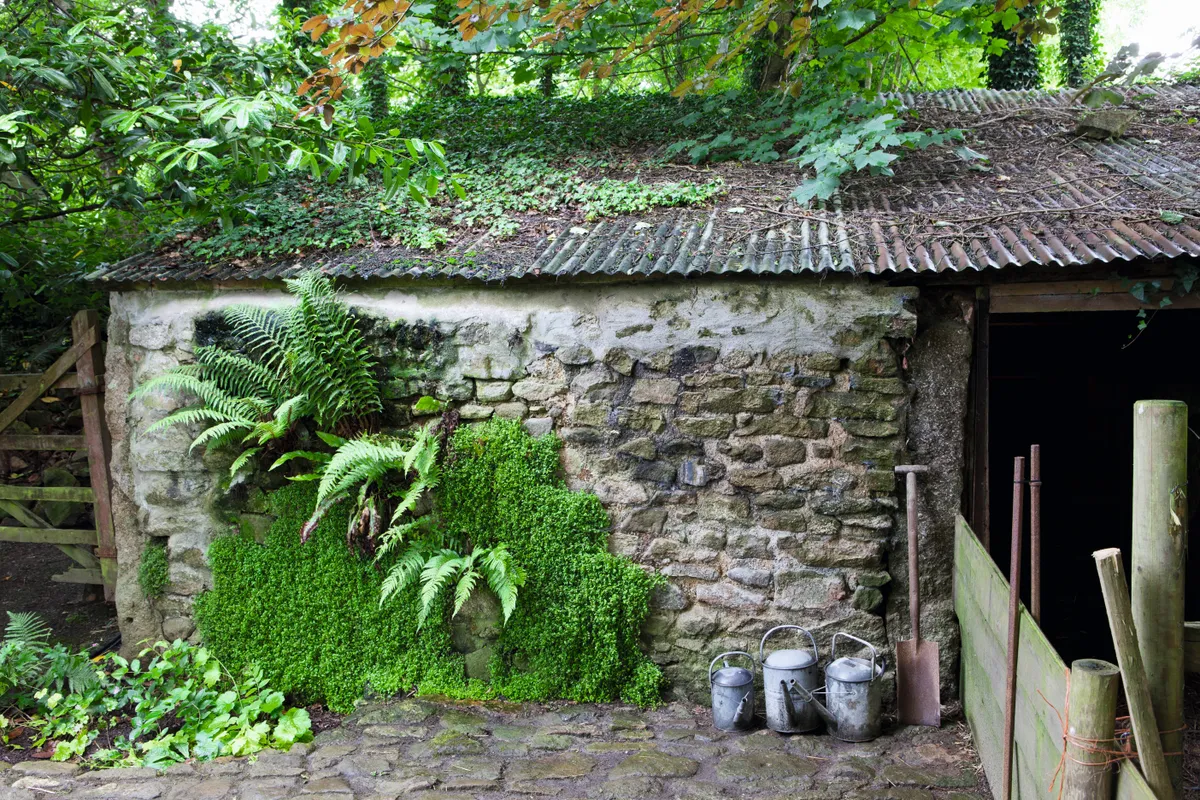
A shady wall presents an opportunity for vertical gardening. Here the strong architectural form of our native male fern (Dryopteris filix-mas) grows again a contrasting green trail of Campanula portenschlagiana. The old stone wall frames the simple composition. Other plants suited to the variable dry conditions of walls include dainty maidenhair ferns and the more robust-looking hart’s tongue ferns (Asplenium scolopendrium).
2
Create a focal point
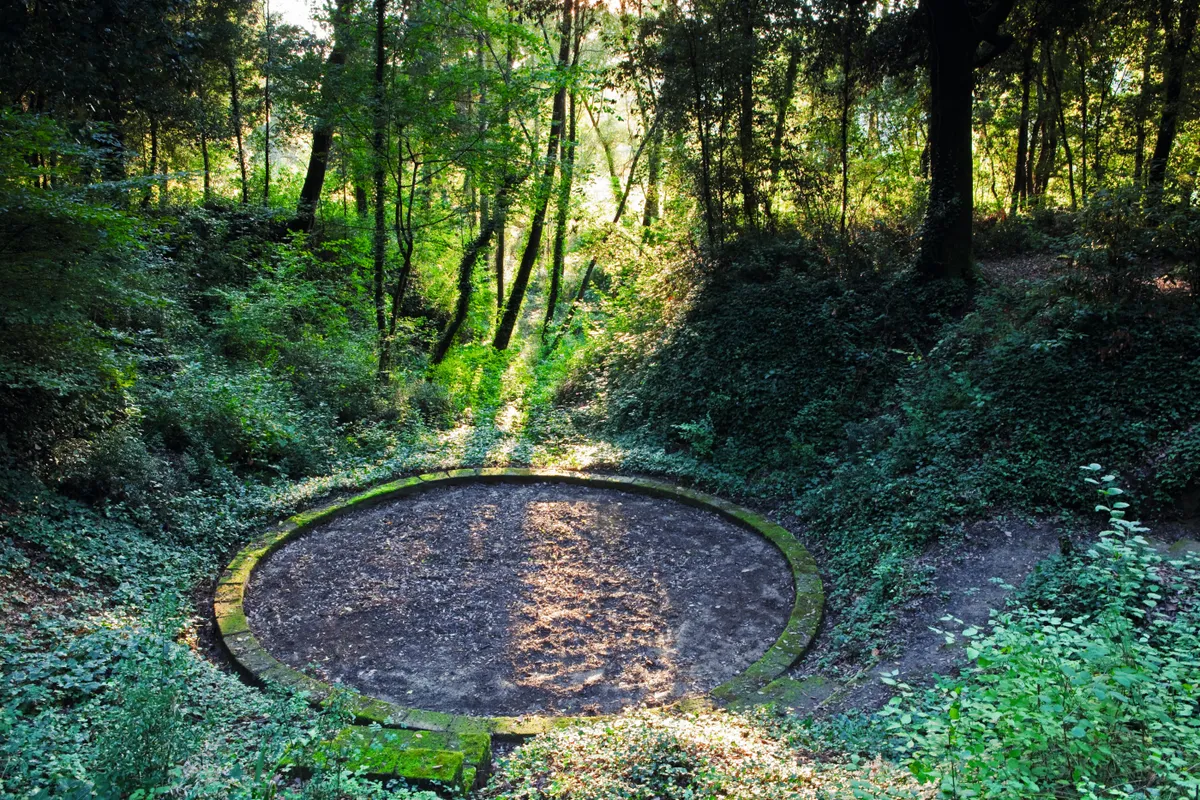
A simple ground pattern of stone, or grouping of urns or a seat, can be enough to create a memorable moment in a shady corner (see below). Within the low light of this magical glade, this circle created out of moss-covered-blocks by the American sculptor Sheppard Craige in his garden, Il Bosco Della Ragnaia in Italy, holds our attention and captures our imagination.
3
Consider colour
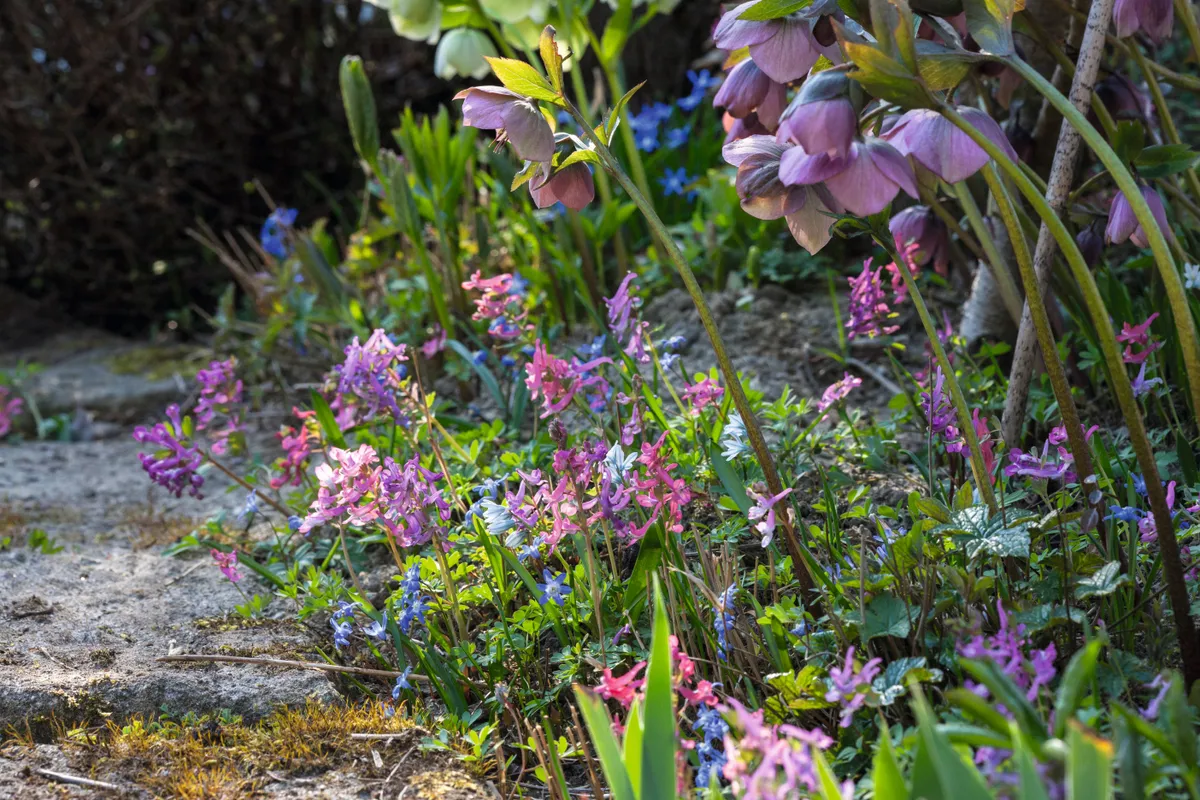
Fleeting spring blooms, such as these pink Corydalis solida ‘Dieter Schacht’ and Helleborus x hybridus, and bright-blue Scilla, provide invaluable early colour and look beautiful among the fresh unfurling fronds of ferns.
4
Green carpets
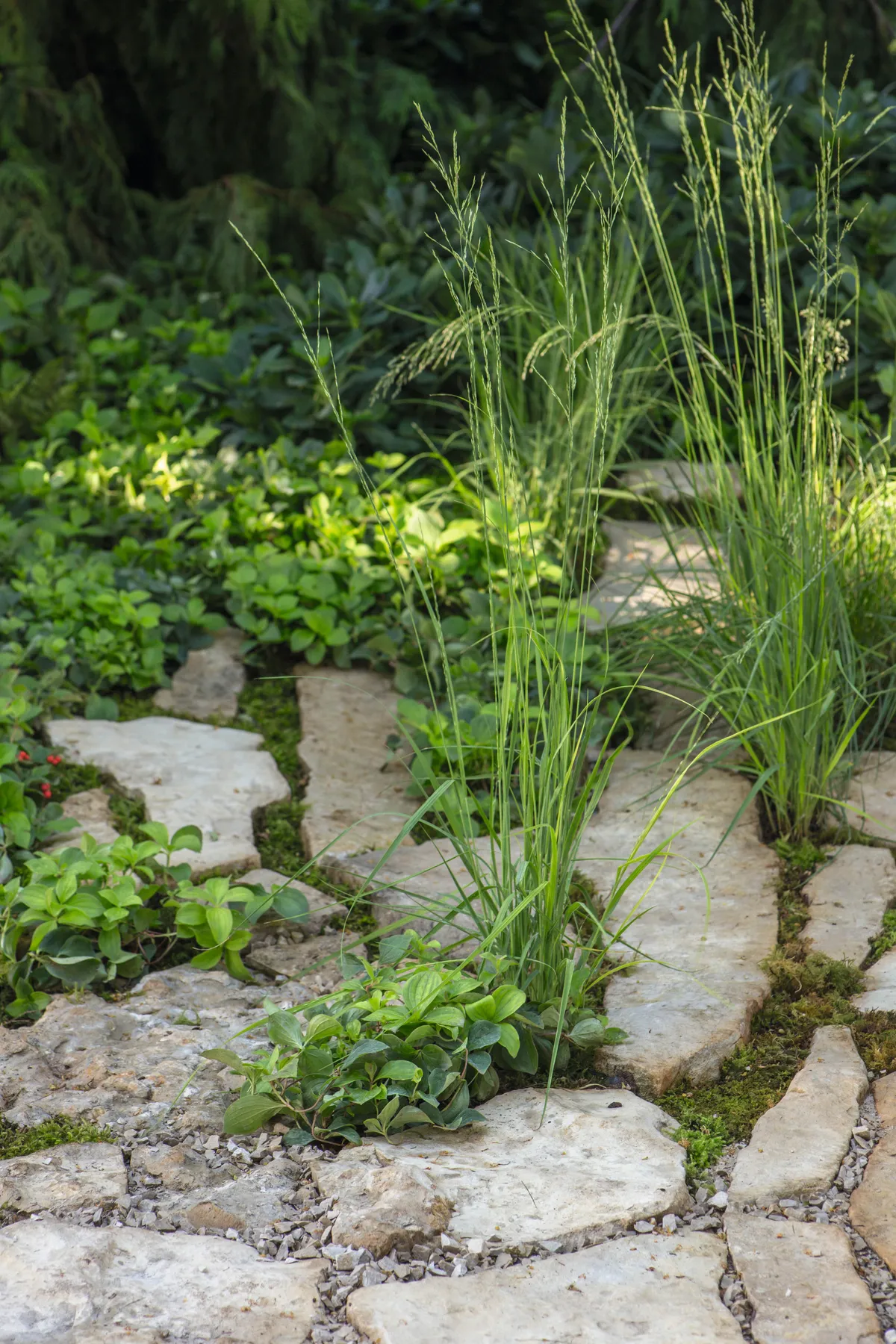
Shade-loving ground cover, such as Cornus canadensis will create a weed-suppressing mat under trees and shrubs in neutral to acid soils. Striking white flowers appear from late spring, followed by colourful, bright red berries. Epimediums and ferns are also good ground cover and make a beautiful backdrop for emerging grasses, such as Molinia caerulea ‘Heidebraut’, which is tolerant of light shade.
5
Eye-catching foliage
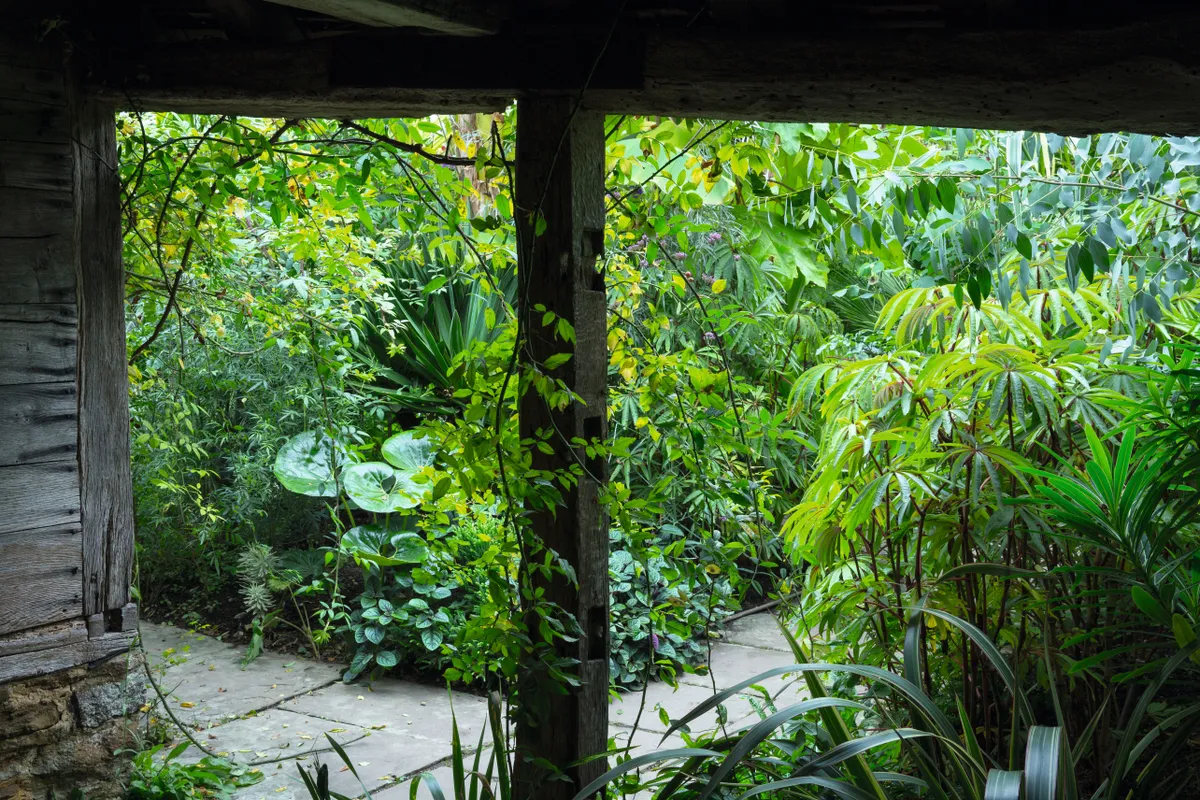
In Great Dixter’s Exotic Garden, the drooping, umbrella-like palmate foliage of Begonia luxurians and the huge, round glossy leaves ofFarfugium japonicum create a glamorous statement. Both ‘tender exotics’ are happy growing in the humid shade of a jungle of tall grasses and bananas.
6
Woodland mix
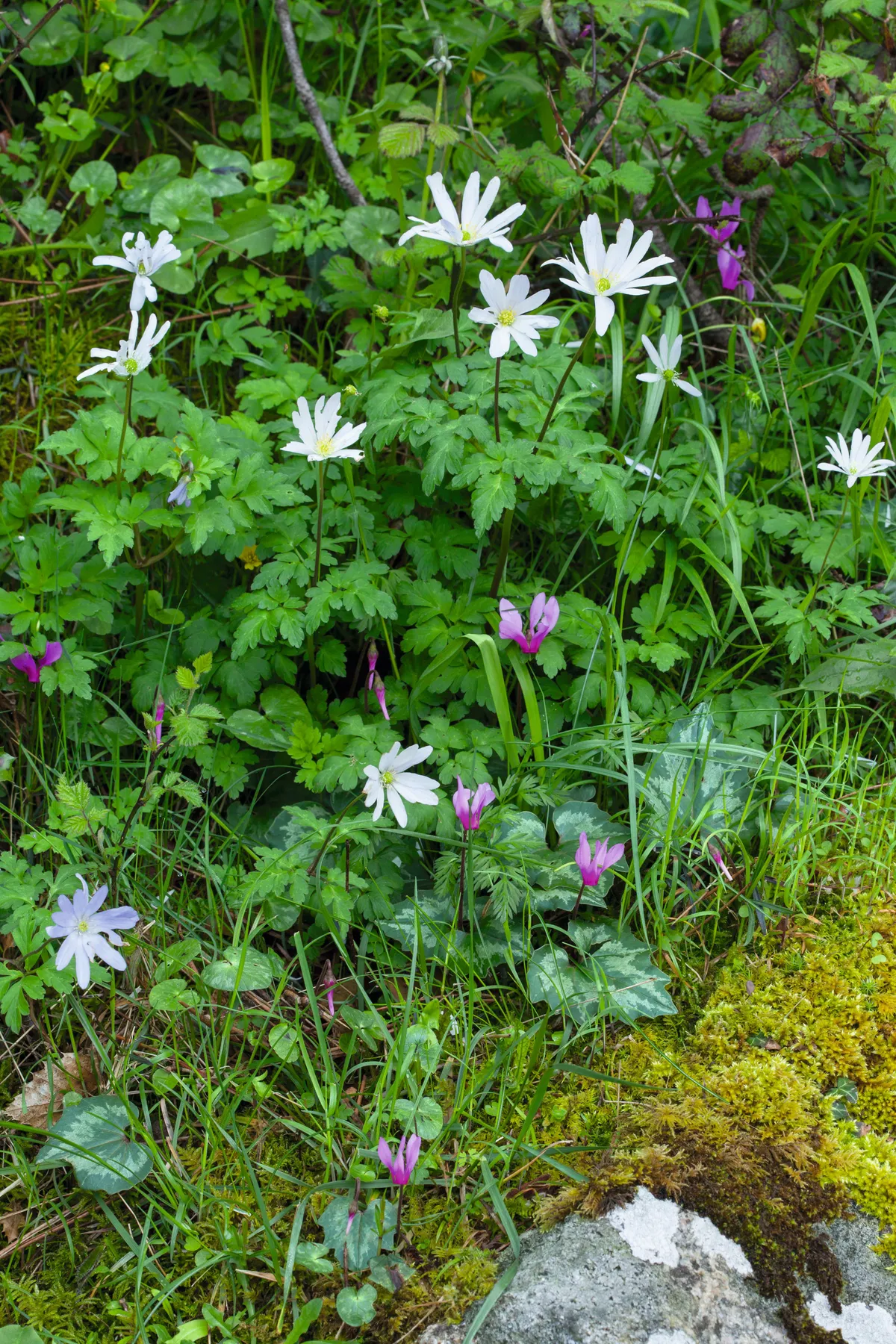
In Corsica's old pine woods Anemone apennina and Cyclamen repandum grow in drifts. You can create a similar effect using the readily available Cyclamen hederifolium or silver-leaved strains of Cyclamen coum among woodland treasures. Think snowdrops, hellebores and lacy, evergreen ferns, such as Polystichum setiferum. Mimic nature by leaving a layer of leaf mulch to help trap moisture.
7
Spontaneous colour
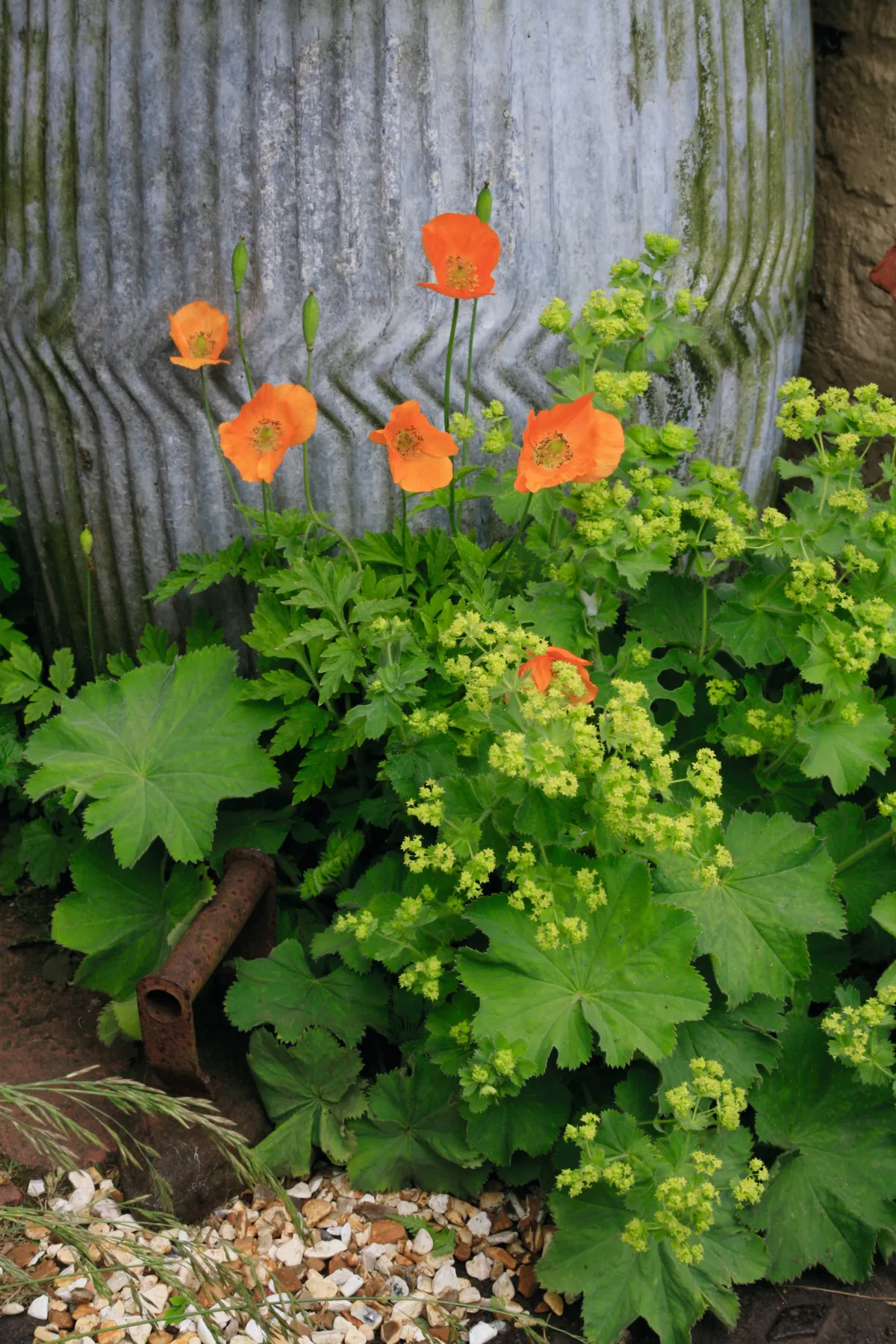
The self-seeding Welsh poppy (Meconopsis cambrica), is always welcome in my garden. Its intense bursts of yellow and vermilion come and go through the summer months, appearing in unexpected places. It will grow in both sun and shade adding sparkle whereever it nestles.
8
Mossy cushions
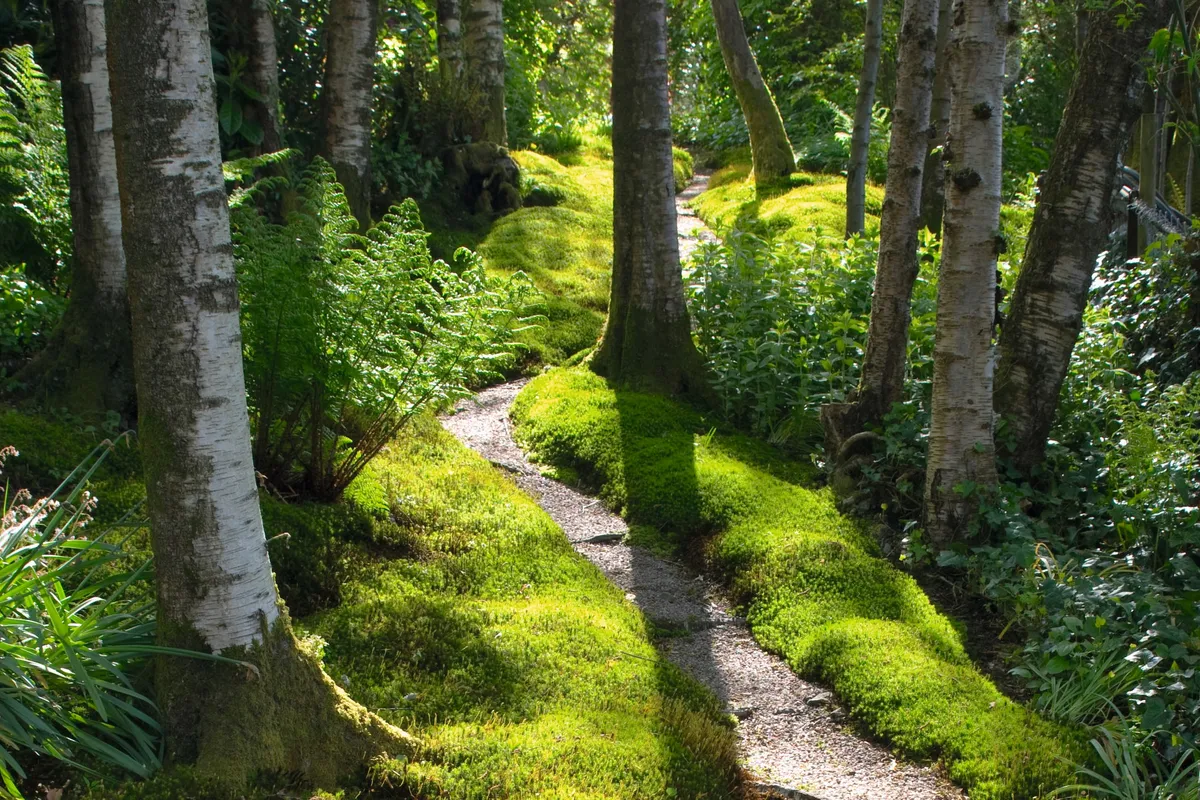
Diane Hewitt and David Kinsman have encouraged plants that thrive in a humid climate to colonise their garden, Windy Hall, beside Windermere, Cumbria. Here shade-loving mosses, ferns and lichens dominate, forming low, detailed patchworks that draw you into this otherworldly scene.
Further reading
Beth Chatto’s Green Tapestry
by Beth Chatto
(HarperCollins Illustrated, 1999)
Moss Gardening
by George Schenk
(Timber Press, 1997)
The Shade Garden: Shade-loving Plants for Year-round Interest
by Beth Chatto
(Cassell, 2005)
Words Sarah Price award-winning designer